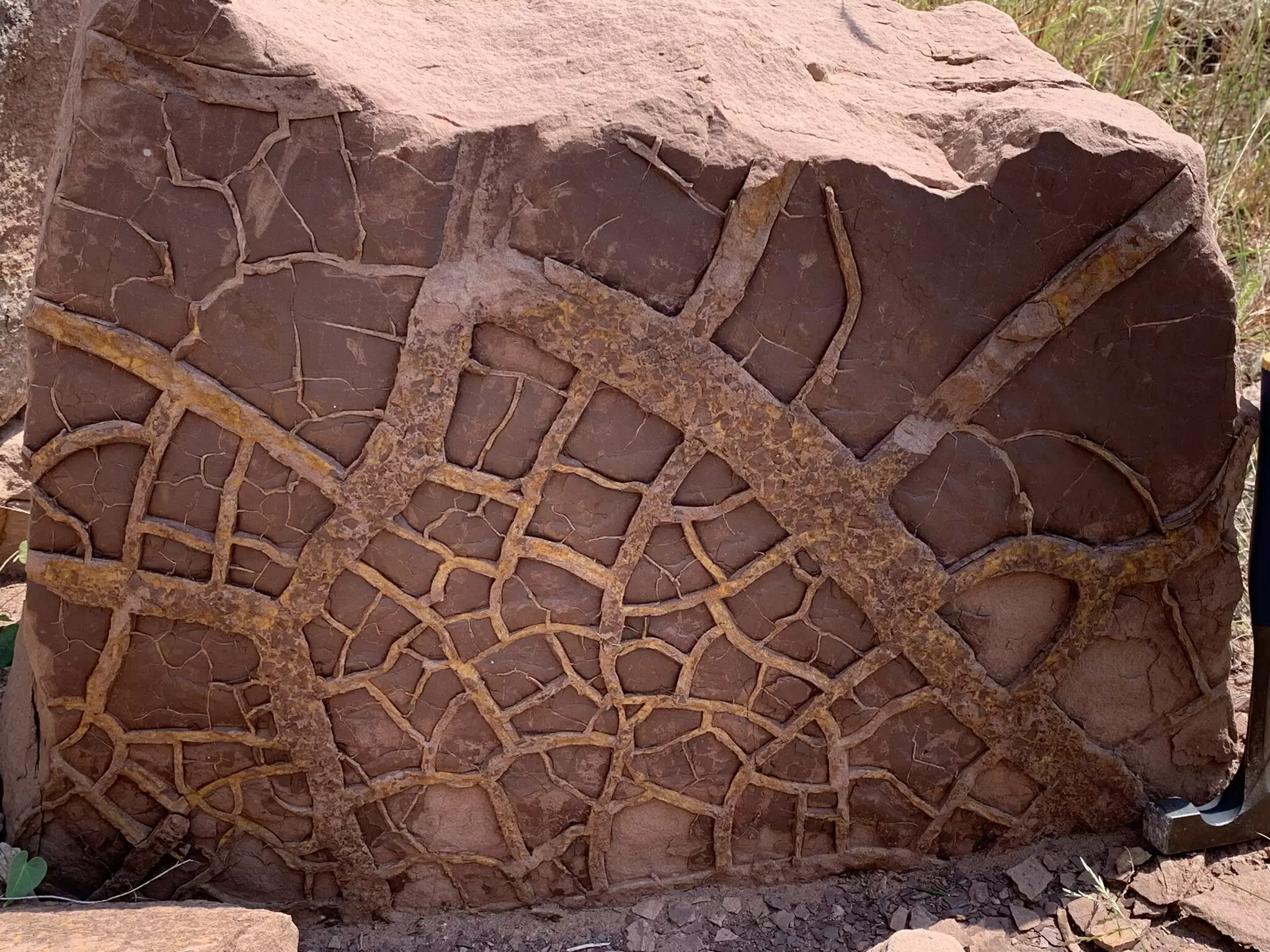The Permian-Triassic extinction event, which occurred approximately 252 million years ago, stands as Earth’s most significant loss of biodiversity. Recent research has unveiled how climatic conditions driven by extreme phenomena, particularly intense El Niño events, contributed to the devastation of marine and terrestrial ecosystems. This analysis explores the intricate dynamics of this catastrophe, unraveling the connections between climatic fluctuations and the extinction processes that unfolded during this period.
Traditionally, scientists have attributed the Permian-Triassic extinction to colossal volcanic activities in what is now Siberia, leading to significant carbon dioxide emissions that distorted global climate patterns. The ensuing greenhouse effect created severe temperature elevations, leading to ecosystem collapses both in the oceans and on land. However, as researchers delve deeper, it becomes evident that there is more to the story than just warming.
The new study, co-led by experts from the University of Bristol and China University of Geosciences, suggests that life couldn’t merely tolerate changing temperatures; it faced unprecedented climatic instability. Dr. Alexander Farnsworth, a senior research associate at Bristol, emphasizes that the rising greenhouse gas levels did more than increase global temperatures—they intensified climatic variability. Instead of simply making the Earth hotter, the conditions became tumultuously unpredictable, which presented insurmountable challenges for survival.
Today, we are accustomed to the notion of species migrating to cooler climates as a strategy for survival amid rising temperatures. However, what transpired during the Permian-Triassic event was entirely different. The extreme climatic variability introduced by intense El Niño phenomena rendered even the most adaptive species vulnerable. According to the researchers, this period experienced unprecedentedly long and extreme El Niño events, creating conditions that would drastically swing between drought and deluge, making it incredibly difficult for ecosystems to remain stable.
The fossilized remains of conodonts, tiny swimming creatures, serve as critical evidence for these climatic shifts, with oxygen isotopes revealing stark temperature changes during this time. These findings underscore a collapse of temperature gradients that once defined our planet’s climatic zones. The implications were dire—ecosystems could neither stabilize under increased temperatures nor adapt quickly enough to weather the chaotic climate swings.
The broader repercussions of persistent El Niño events extended beyond mere temperature rises. They created destructive feedback loops that ultimately decimated plant life, a crucial component of the Earth’s biodiversity. As temperatures soared, vegetative dieback decreased the planet’s ability to absorb carbon dioxide, exacerbating the greenhouse effect and intensifying climatic turmoil. This chain of events contributed to a cycle of increasing aridity followed by flooding, generating landscapes devastated by wildfires and stagnant oceans filled with anoxic conditions.
Professor Paul Wignall from the University of Leeds notes that the prevalent charcoal in sediment layers from this period signifies a climate often parched to the point of wildfires. The combination of drought-prone conditions and stagnating oceans presented an insurmountable barrier to life. In a world where both land and sea offered little refuge from the extreme climatic upheaval, many species found themselves without a means to survive.
An intriguing aspect of this mass extinction event is the timing of extinctions on land compared to those in oceans. The extinction of terrestrial life occurred tens of thousands of years before significant losses in marine species, a phenomenon that researchers hope to better understand through these findings. While oceans initially buffered against rapid temperature increases, the cascading effects of climatic instability eventually reached the seas as well, ushering in their own extinction crises.
Dr. Yadong Sun, a co-lead author from China University of Geosciences, points out that the exceedingly fast rates of temperature change exceeded the adaptability of numerous species on land. Only those species capable of rapid migration had a fighting chance. Unfortunately, plants and many animals lacked the means to relocate quickly enough to cope with the relentless shifts in their environment.
Mass extinction events, while catastrophic, represent essential turning points in biological history. The chaos of the Permian-Triassic event laid the groundwork for new evolutionary trajectories. In the wake of the devastation, ecosystems would restructure, giving rise to new forms of life, including dinosaurs, during the subsequent Mesozoic era.
The Permian-Triassic extinction serves as a critical reminder of the vulnerabilities inherent in Earth’s ecosystems, particularly in the face of rapid climate changes. It underscores not only the significance of understanding historical extinction events but also the pressing need to address current climate impacts to stave off patterns that may mirror this ancient crisis. As we draw parallels with our modern challenges, the lessons of history remain pivotal in our quest for survival and adaptation on a changing planet.


Leave a Reply